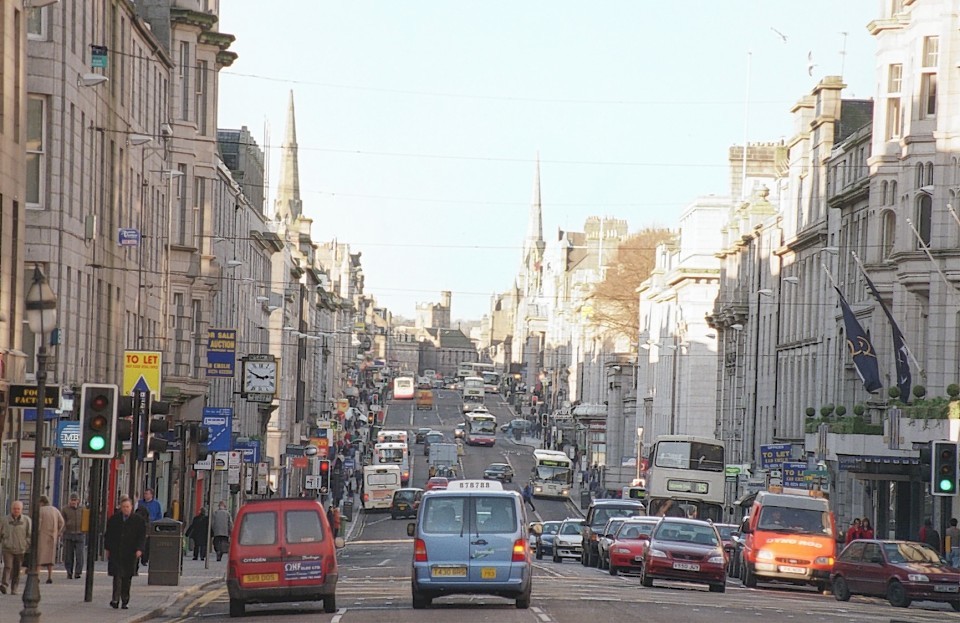New figures from global accountancy giant EY confirm Aberdeen is losing its appeal for foreign investors amid the oil and gas industry downturn.
The Granite City attracted nine foreign direct investments (FDIs) last year, three fewer than in 2014, according to EY.
Europe’s energy capital plunged from seventh in a league table of UK cities and their FDIs to 10th equal, alongside Bristol and Cambridge.
Aberdeen’s fall from grace last year coincided with a move up the list for both Edinburgh and Glasgow, by two places to third and three spots to sixth respectively.
FDIs in Edinburgh rocketed to 41, from just 14 previously, while Glasgow’s figure more than doubled to 22.
EY said 2015 was a “spectacular” year for FDI in Scotland overall, with 119 projects secured – the biggest annual total on record.
Scotland’s share of all UK FDI projects reached a 10-year high at 11%, while last year’s 51% increase was more than double the pace of growth elsewhere in Britain.
A regional league table now has Scotland in second place, behind London.
Mark Harvey, EY senior partner in Scotland, said: “Importantly, the majority of FDI projects for Scotland in 2015 were new rather than expansions.
“This ability to attract a higher proportion of new, first-time investors signals a positive future for Scotland.
“The challenge now is to not only maintain performance, but also take it to the next level and excel against the competition. Scotland must look to build on its success and deliver the improvements in skills and infrastructure investors require.”
The stand-out FDI performer in Scotland last year was software, accounting for 19 FDI projects.
EY said a total of 5,385 new jobs were secured by FDI north of the border. This was the second highest figure for the decade behind 2011, when 5,926 jobs were created, it added.
Mr Harvey said: “Edinburgh and Glasgow have consistently been at the forefront of attracting inward investment to Scotland and have outdone themselves this time, with a combined increase in projects of 40 in one year.
“Despite the volatile oil price, Aberdeen has weathered the storm in 2015 – securing only three fewer FDI projects in 2015 than in 2014.
“While Scotland’s central belt has the greatest concentration of FDI projects, the steady and continual growth of the economy in the Highlands and islands appears to be attracting more interest from overseas, with Caithness, Inverness and Dunoon all securing two projects each in 2015.”
EY said the US continued to be Scotland’s primary investor last year, with China and India surprisingly both outside the top 10 despite them being the third and fifth biggest sources of investment respectively for the UK as a whole.










